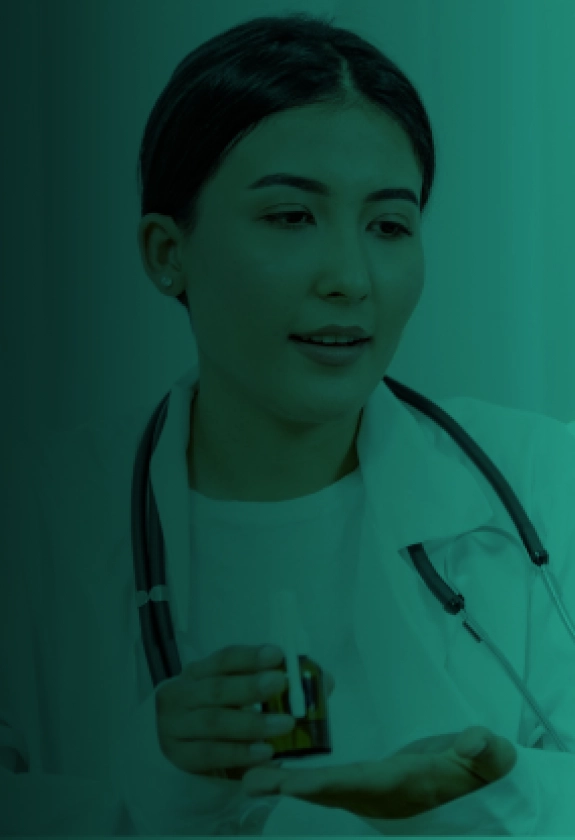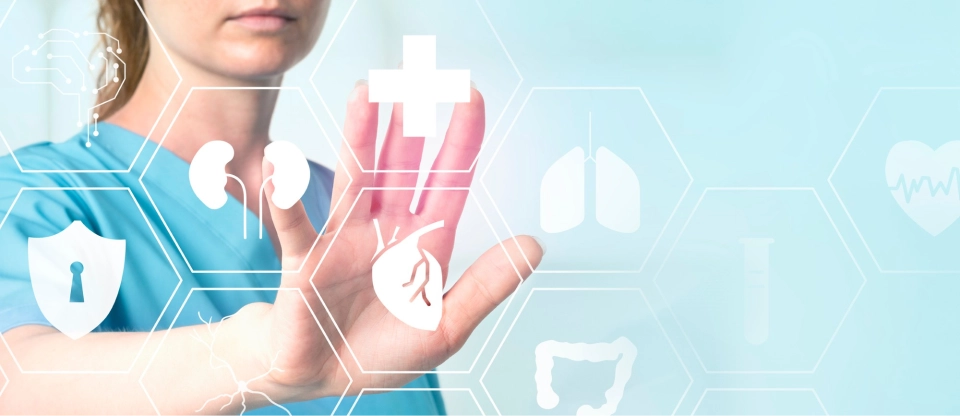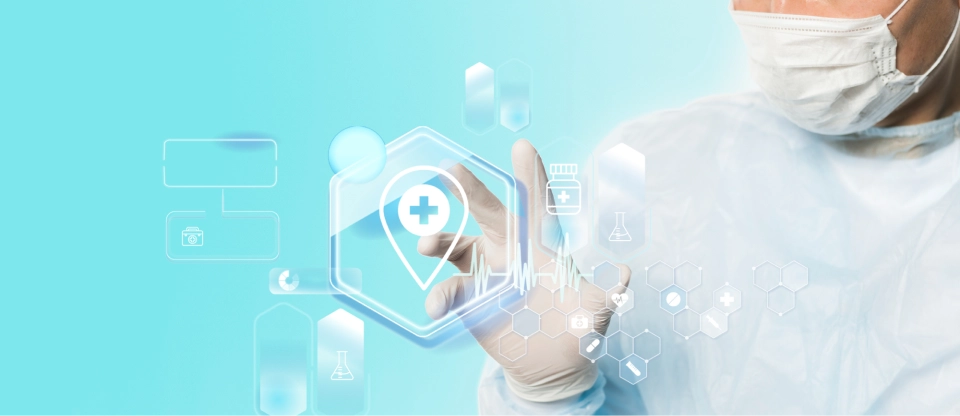INTRODUCTION
The growing popularity of telehealth and telemedicine
During the COVID-19 pandemic, telehealth and telemedicine services usage skyrocketed as patients and providers saw clear benefits in the expanded access this new care delivery offered. Though it’s easy to think of telehealth vs. telemedicine, these concepts support each other and represent the expansion of clinical medicine and healthcare operations management software.
Many healthcare organizations are embracing digital acceleration and a “virtual-first” initiative toward leveraging insights gained during the pandemic and translating it into measurable value for patients, physicians, and payers. Telehealth services such as patient portals, information platforms, and digital health applications provide a vital touch point linking patients with their community health networks.
The expansion of telemedicine accelerates daily as more communities connect to broadband wireless communications technologies and adopt the rural community health hub and spoke approach. Digital services allow rural patient consumers to access suburban and urban providers more easily using computers, video, and messaging software.
DEFINITION
What is the concept behind telehealth and telemedicine?
First, let us understand the two concepts clearly.
Telehealth
A broad term for digital communications and information technology to access healthcare information and manage care. Telehealth solutions may involve a community hospital system’s physician-facing web application and corresponding healthcare mobile app that patients use to connect with the service.
Telemedicine
A specific term used to describe the use of digital communications and information technology to diagnose and treat patients by offering remote clinical medical services. A telemedicine solution may involve web portal development to provide patients access to remote clinical outpatient mental health services.
However, it is obvious that both telehealth and telemedicine make healthcare accessible and affordable. The use of telehealth and telemedicine is driven by:
- The rising popularity of video conferencing for convenient patient-physician interactions. 83% of patients are comfortable with telehealth replacing in-person visits.
- Ubiquitous smart devices that facilitate remote monitoring. A survey of 47,000 people showed data from smartwatches on a resting heart-rate predicted the onset of flu-like illnesses.
- Proliferation of modern technologies facilitated by regulatory changes. According to an OECD study, several countries have relaxed restrictions on the use of telemedicine post-COVID-19.
- Improved insurance coverage that expands the reach of healthcare. The US Government Accountability Office has shown an exponential increase in Medicaid beneficiaries receiving telehealth.
- Cost-effectiveness of tech-enabled healthcare models. Studies have established a growing body of evidence and a favorable effect attributed to digital interventions such as web apps in terms of costs and health outcomes.
In fact, telehealth and telemedicine have revolutionized how Americans seek and receive healthcare.
DIFFERENCES
What is the difference between telemedicine and telehealth?
While both telehealth and telemedicine are used to improve access to quality healthcare for all, there are some nuances.
The scope of telehealth solutions is broader, including a range of services, monitoring tools, and education programs. It comprises non-clinical interactions and preventive and non-urgent care.
Telemedicine, on the other hand, is about increasing the reach of healthcare and, therefore, involves remote clinical consultations and diagnosis. It comes under the purview of stricter regulatory requirements than telehealth services.
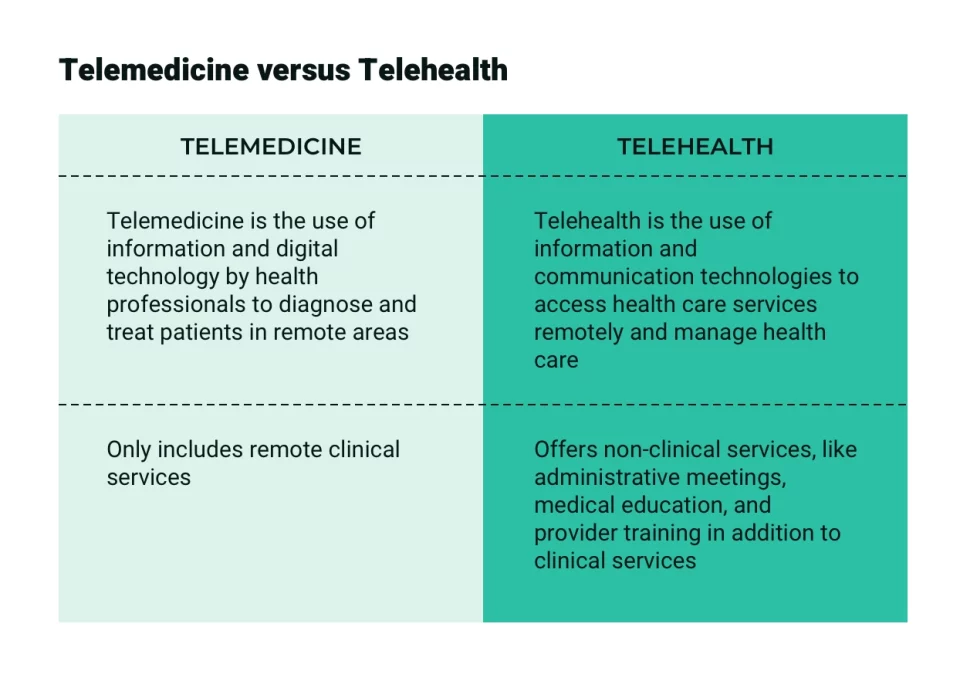
Telemedicine vs telehealth is a misnomer, as they complement each other
Instead of considering telehealth vs. telemedicine as a type of competition, consider them complementary elements of delivering clinical medical and healthcare operations services.
TYPES
Different types of telehealth and telemedicine use cases
Telehealth: Solutions to expand digital health services
The main types of telehealth are healthcare administration, scheduling and communications, and remote care management.
Healthcare admin is a blanket term that describes how doctors and patients use telehealth software to compete in expanding remote healthcare management services.
Scheduling and communicating with professionals using communications technology are core functions of this software.
Finally, remote care management refers to the ability of these solutions to provide access to processes and workflows that change how these end-user groups manage healthcare remotely.
Here are some relevant telehealth use cases:
Linking patients and providers to deliver new ways to manage core healthcare services, access community health resources, and support better information flows.
Delivering healthcare administrators new ways to engage patients in managing their care using digital technologies.
Creating new opportunities to connect with community health resources using mobile devices, web applications, and digital health apps.
Telemedicine: Solutions to enhance remote clinical practices
The main types of telemedicine are interactive medicine, remote patient monitoring, and storing and forwarding patient health information (PHI).
Interactive medicine is the new landscape of “distance-based healing,” which allows doctors to communicate with patients in real-time and use medical device hardware and other sensing technologies to capture diagnostic insights while maintaining HIPAA (Health Insurance Portability and Accountability Act) compliance.
Storing and forwarding PHI refers to the need for telemedicine providers to share sensitive personal health information. As telemedicine expands, it is essential to exchange patient data and biological material securely.
Remote patient monitoring services are another critical component of telemedicine that guides the usage of data collection services using medical devices.
Here are some relevant telemedicine use cases:
They link patients and providers to support clinical diagnosis, medical care planning, prescribing medications, and delivering life-saving interventions to remote and underserved populations.
Providing new workflows for medical teams to stay up to date with their patients while creating new organizational processes leveraging automation to reduce manual processes.
They offer patients the ability to manage their medical care remotely using the latest digital technologies.
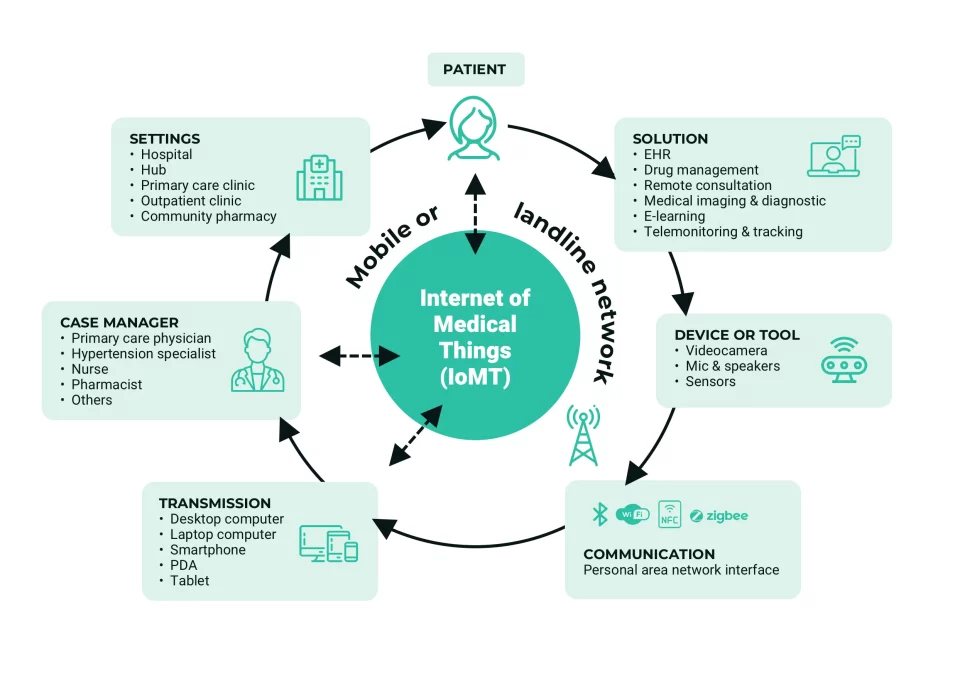
A diagram of the most common telemedicine services and their workflows
EXAMPLES
Better understanding of telehealth and telemedicine solutions
Telehealth, telemedicine, and virtual care services are expanding rapidly. There are various ways in which telehealth and telemedicine solutions are used to improve healthcare. Here are some examples of custom healthcare technology solutions delivering these services:
Digital healthcare applications:
Hospitals, clinics, specialists, and physicians are using telehealth and telemedicine software to build out their digital health ecosystems to expand patient access to vital services. Listed below are some of them:
- Tele-psychiatry services: Specialized apps that connect mental health patients to specialists and therapists for emergency counseling and treatment.
- Tele-ICU Systems: Off-site critical care teams remotely monitor patients to support on-site medical teams, relieving pressure and strain while improving outcomes.
- Tele-stroke services: Patients in remote areas are linked through tele-stroke apps for rapid evaluation and treatment recommendations.
Patient Engagement Tools:
Many providers are releasing telehealth solutions to make it more fun, easy, and enjoyable for patients to learn about their health, track their care, and leverage tools to reach better results. Listed below are some unique apps:
- Remote monitoring devices: Wearable devices and sensors are used to collect real-time health data (such as glucose levels, oxygen saturation, and blood pressure) and transmit to healthcare providers for continuous monitoring.
- Gamification platforms: Gaming elements like challenges and rewards are used to encourage patients to adopt healthy behavior and adhere to medications.
- Shared decision-making tools: Such tools provide treatment options, risks, benefits, and recovery pathways to help providers and patients collaborate and make joint decisions.
Third-Party Solutions:
Many third-party clients of healthcare and medical service providers, such as pharmacies, assisted living facilities, and veterinarians, can benefit from telehealth and telemedicine functions to expand their services using safe and proven frameworks. Given below are some practical uses:
- AI-driven solutions: They are AI-powered symptom checkers used for diagnosis, data analytics, and telemedicine billing; reimbursement services are also managed.
- Video conferencing platforms: Secure and high-quality video conferencing services are provided to connect healthcare providers and patients for consultations.
- Telehealth equipment providers: Telemedicine consultations also need medical carts and powerful cameras, and these can be procured by third-party providers.
